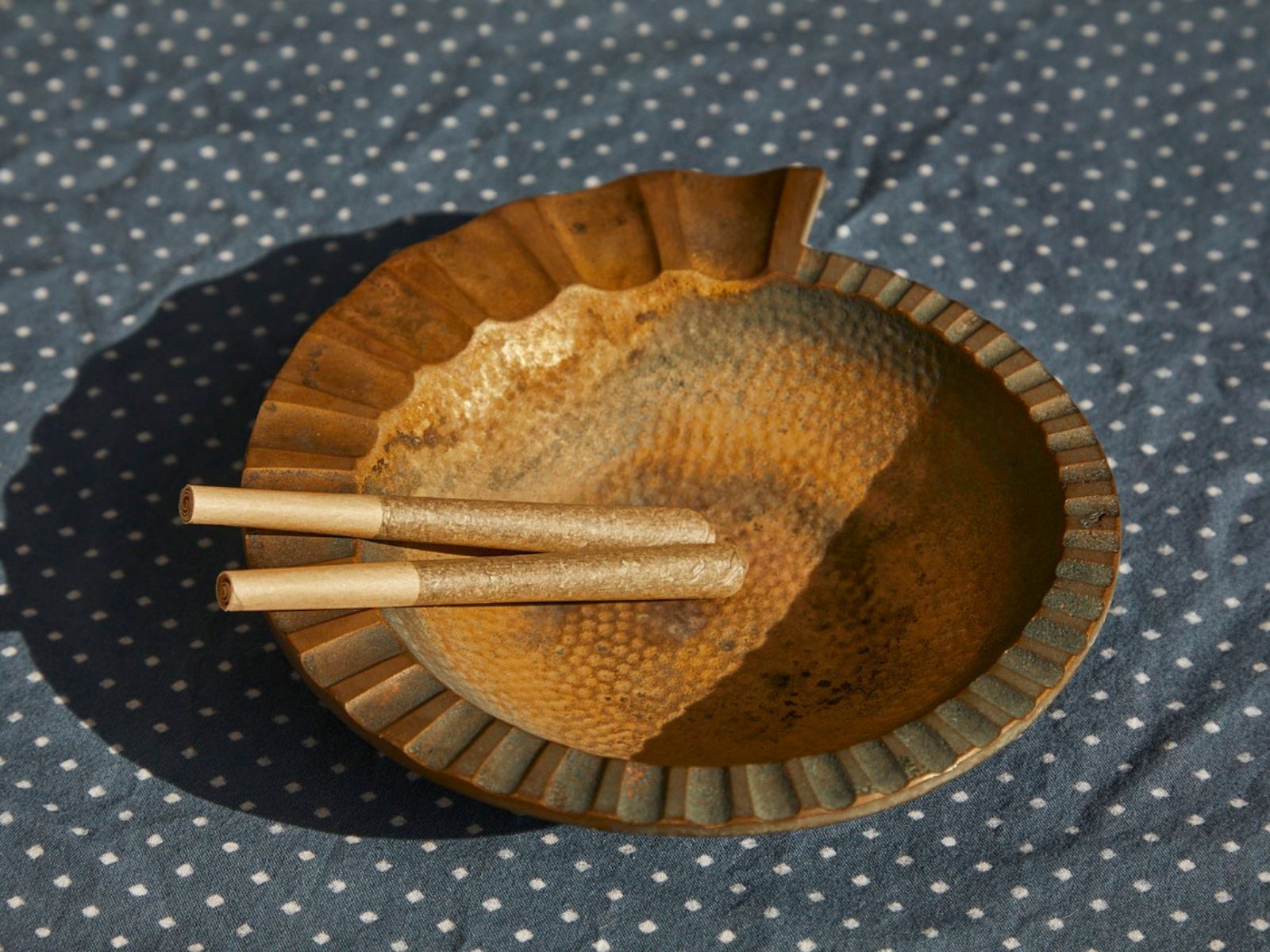
Canadian Study Highlights The THC Variability Of Cannabis Flower

Canadian Study Highlights The THC Variability Of Cannabis Flower
I have long theorized that part of the reason why it has taken so long for governments around the world to modernize their cannabis policies is that it is harder to regulate due to how variable cannabinoid levels are in harvests, at least compared to other crops.
Anyone who has cultivated cannabis knows how hard it is to cultivate the crop uniformly. Someone can cultivate the same strain in the same environment, and the quality and quantity of the flower from different plants can differ despite most things being equal. It gets even trickier when cultivating cannabis on a large scale, and only a short list of master growers can knock out large quality harvests reliably.
The variability of THC content in cannabis flower cultivated in greenhouses was at the heart of a recent study conducted in Canada by researchers affiliated with the Pure Sunfarms Corporation. Their findings were published in the academic journal Scientific Reports.
“Cannabis sativa and C. indica dried cannabis total Delta-9 Tetrahydrocannabinol (THC) is of importance to consumers/patients and must be accurately reported for both recreational and medical dried flower. In this report, the variation in Total THC in THC-dominant commercially relevant cultivars was investigated.” the researchers wrote.
“The variation in Total THC values within different strata of the plant and between plants of the same batch were explored using a single analytical method. Within one stratum across nine batches (n = 27–57), Total THC varied by 3.1–6.7% of actual content, with only ~ 30–41% of individual replicates falling within their respective 99% confidence internal (CI) (representative of the batch mean).” the researchers wrote about their methodology.
“Between the top and bottom of plants across three batches, Total THC varied by 4.7–6.1% of actual THC content. Between plants of one cultivar, average Total THC varied by 2.8% which was statistically significant (p < 0.0001).” the researchers found.
The variability of THC in cannabis harvests isn’t just important to the cultivators, consumers, and patients, but also to government regulators who often have to enforce unrealistic THC industry standards. That is especially true in the hemp industry, where harvests cannot exceed a certain THC threshold, typically between .2 and 2 percent. If a hemp harvest exceeds the THC percentage threshold, the entire harvest has to be destroyed.
This is why it makes far more sense to set THC caps at the end-product stage of the process rather than at the harvest stage. If there is a cap on THC content for flower, such as what is in place for flower sold in Uruguay’s pharmacies, then any flower that exceeds the set limit can be used for making other products, such as edibles, topicals, and concentrates.
Share article
Ticket Prices increase
JANUARY 28

Ticket Prices increase
JANUARY 28

Ticket Prices increase
JANUARY 28
Join Our Awesome Community
Join Our Awesome Community
Join Our Awesome
Community
Get all the latest industry news
delivered to your inbox







